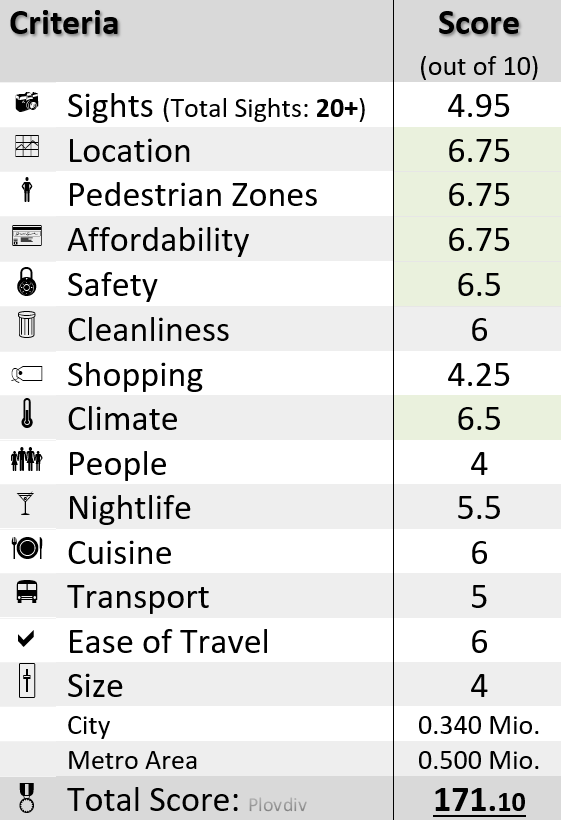by Realsteel007 (image cropped) / CC BY-SA 2.0
Where Incredibly Maintained Old Wooden Homes Blend with Roman Ruins
Table of Contents
A. About Plovdiv
Nickname: The City of the Seven Hills
Plovdiv is the second-largest city in Bulgaria and one of Europe’s oldest continuously inhabited cities, with a history dating back over 8,000 years.
The city is famous for its Roman ruins, including the well-preserved Roman amphitheater, which still hosts events and concerts.
Plovdiv's Old Town features cobbled streets, traditional Bulgarian Revival architecture, and numerous art galleries, giving it a distinct historical charm.
The city is built on seven hills, offering beautiful panoramic views and unique locations for sightseeing and relaxation.
➕ The Good
Plovdiv, first of all, proves to be a well-balanced city, getting good scores in most of our categories.
Situated in central Bulgaria, Plovdiv benefits from a pleasant natural setting with hills and rivers nearby.
Plovdiv has a well-developed pedestrian area, especially in the Old Town and central shopping streets, which are popular for strolling.
The city is generally safe, with moderate crime levels and a comfortable atmosphere for tourists.
Plovdiv experiences a generally pleasant climate with warm summers and mild winters, though temperatures can be extreme during peak seasons.
Furthermore, Plovdiv is quite affordable compared to Western European cities, with relatively low costs for accommodation, dining, and attractions.
➖ Negative Aspects
Fortunately, Plovdiv doesn't score lower than 4/10 in any category. On the other hand, no category really stands out as excellent.
Compared to most cities on our list, there is a lack of impressive tourist attractions, resulting in a rather low score for sights.
While locals in Plovdiv can be welcoming, the overall friendliness and service standards may not be as high as in cities renowned for hospitality.
B. Best Things to Do in Plovdiv in 2025 (Detailed List with Photos and Information)
In total, we count more than twenty five sights in Plovdiv. The following contribute to a decent score of 5.20/10 in this most important category:
# Old Plovdiv 6 
This historic quarter filled with cobblestone streets, colorful 19th-century houses, and ancient Roman ruins, Old Plovdiv showcases layers of the city’s past. It is home to many museums, galleries, and art workshops, making it a vibrant cultural hub.
Its architecture blends Renaissance and Ottoman styles, offering an immersive journey through Bulgaria's history.

by Faces&&Places / CC BY-SA 2.0
# Antique Roman Theatre 6 
Built in the 1st century AD, this well-preserved Roman theatre is one of Plovdiv’s most iconic landmarks, seating up to 7,000 people. It is still used today for performances and festivals, connecting ancient history with modern cultural life.
Located on a hillside, it also offers stunning views of the city.

by Kyle Taylor / CC BY-SA 2.0
# Kujumdzioglu's House 5 
Part of Plovdiv’s Regional Ethnographic Museum, this 19th-century merchant's house is a stunning example of National Revival architecture. It exhibits rich collections of traditional Bulgarian crafts, costumes, and artifacts from daily life.
The house itself is an architectural gem, with vibrant frescoes and intricate woodwork.
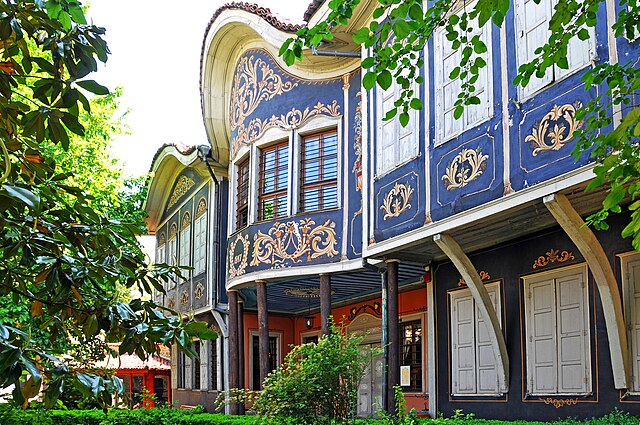
by Dennis G. Jarvis / CC BY-SA 2.0
# Church of St-Constantine-and-St-Helena 5 
This church is known for its beautiful frescoes and wood-carved iconostasis, making it a key site of Bulgarian Orthodox heritage. Its location near Plovdiv's ancient gate adds historical significance.
Eastern Orthodox Church Built: 337 AD
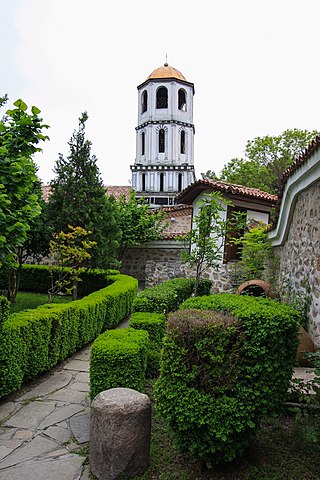
by glynniqua / CC BY-SA 2.0
# Stefan Hindlijan's House 5 
This house is one of the best-preserved examples of Plovdiv’s National Revival architecture, built in 1835. Stefan Hindlijan, a wealthy Armenian merchant, lived here, and the home reflects his affluent lifestyle, with richly decorated interiors, a private bathhouse, and an impressive courtyard fountain.

by Ramón from Llanera / CC BY-SA 2.0
# Tsar-Simeon's Gardens (Park Tsar Simeon) 4 
Established in the late 19th century, this lush park is a popular recreational spot in Plovdiv, known for its ornamental lakes, fountains, and tree-lined avenues. One of the highlights is the Singing Fountains, which offer a light and music show in the evenings.

by ]Gitanes232 / CC BY-SA 4.0
# Dzumaja Mosque 4 
Built in the 14th century, Dzhumaya Mosque is one of the oldest mosques in Bulgaria and a symbol of Plovdiv’s diverse cultural heritage. It features striking Ottoman architecture and is still an active place of worship, situated in the bustling city center.
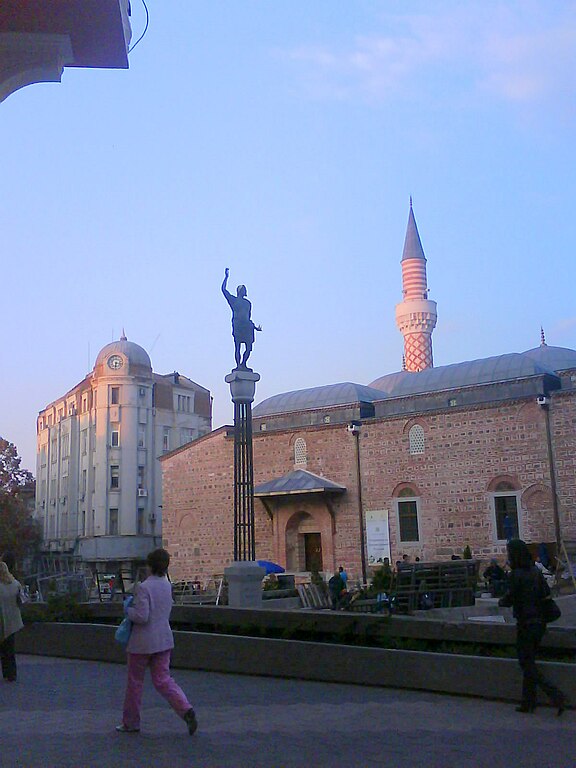
by Zaparojdik / Public domain, via Wikimedia Commons
# Roman Stadium of Philippopolis 4 
Located beneath Plovdiv’s main pedestrian street, this ancient Roman stadium could once seat up to 30,000 spectators. Only part of the structure is visible today, but it provides insight into Plovdiv’s Roman past and is accompanied by interactive exhibits.

by Delyana / CC BY-SA 3.0
# Mevlevi Hane 4 
This historical site was once a monastery of the Mevlevi dervishes, known for their whirling dance rituals. It played an important role in Plovdiv’s spiritual and cultural life during the Ottoman period. Though much of the original complex is gone, its remains remind visitors of the city’s diverse religious history.

by Gitanes232 / CC BY-SA 4.0
#10 | The Clock Tower 4 
Perched on Sahat Tepe (Clock Hill), the Clock Tower is one of the oldest clock towers in Bulgaria, dating back to the 16th century. It has undergone several renovations and continues to be a symbol of Plovdiv, offering panoramic views of the city.

by Чигот/ CC BY-SA 3.0
C. Other Notable Sights and Attractions in Plovdiv
#11 | Sveta Marina Church 4 
One of Plovdiv’s oldest churches, Sveta Marina is known for its unique wooden bell tower and beautiful frescoes. Built on the site of a medieval temple, it remains an important place of worship and a fine example of Bulgarian Orthodox architecture.

by Kmrakmra / CC BY-SA 3.0
D. Best Day Trips and Excursions from Plovdiv
Bachkovo Monastery 6 
Located about 30 kilometers from Plovdiv, Bachkovo Monastery is one of Bulgaria’s largest and most important Eastern Orthodox monasteries. Founded in the 11th century, it is famous for its beautiful frescoes, sacred icons, and serene surroundings in the Rhodope Mountains.
The monastery attracts pilgrims and visitors alike, offering spiritual retreat and cultural insight.
Monastery Distance from Plovdiv: ca. 30 km

by Todor Bozhinov / CC BY-SA 3.0
#11 | Asen’s Fortress 4 
Located just outside Plovdiv, this medieval fortress dates back to the 11th century and played a key role in defending the region. The remains of its walls and a well-preserved church are set against dramatic mountain scenery, making it a popular destination for history enthusiasts and hikers.
Fortress Distance from Plovdiv:ca. 23 km
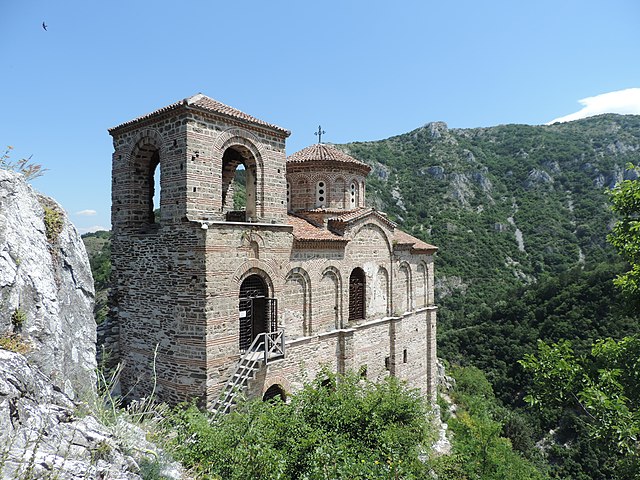
by Спасимир / CC BY-SA 3.0
E. Top 10 List of the Best Things to Do in Plovdiv (including close-by excursions)
To sum things up, these are the ten best sights we recommend to you when visiting Plovdiv for at least two entire days. If you plan to do some of the excursions, you will need more time, as most of them are more than 2 hours away from Plovdiv.

